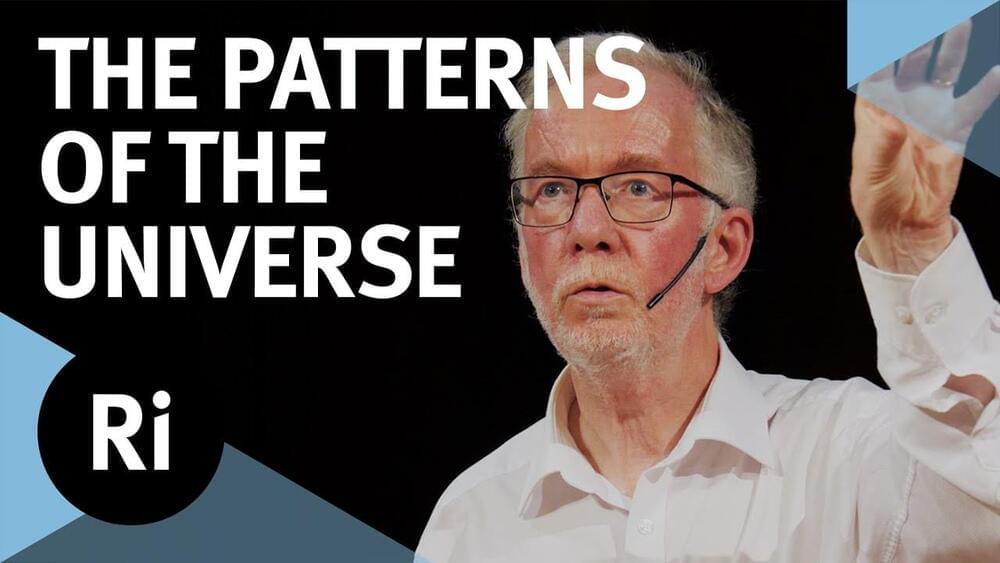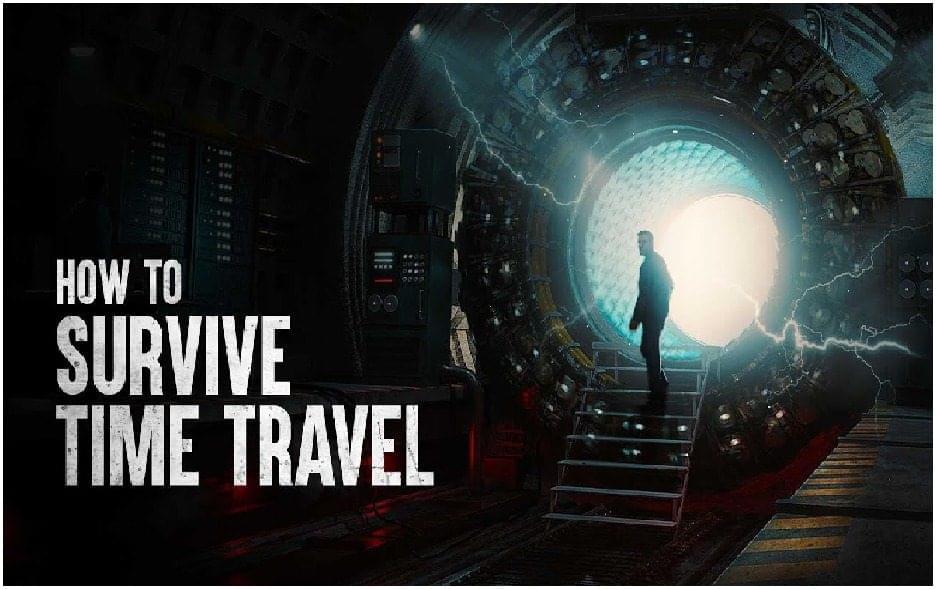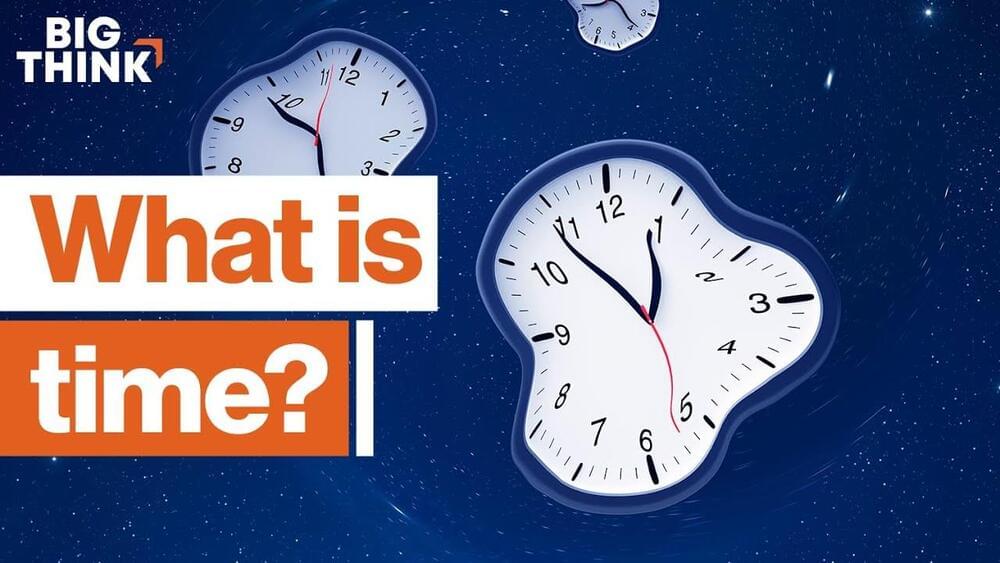From the cosmic microwave background to Feynman diagrams — what are the underlying rules that work to create patterns of action, force and consequence that make up our universe?
Brian’s new book “Ten Patterns That Explain the Universe” is available now: https://geni.us/clegg.
Watch the Q&A: https://youtu.be/RZB95znAGRE
Brian Clegg will explore the phenomena that make up the very fabric of our world by examining ten essential sequenced systems. From diagrams that show the deep relationships between space and time to the quantum behaviours that rule the way that matter and light interact, Brian will show how these patterns provide a unique view of the physical world and its fundamental workings.
Brian Clegg was born in Rochdale, Lancashire, UK, and attended the Manchester Grammar School, then read Natural Sciences (specialising in experimental physics) at Cambridge University. After graduating, he spent a year at Lancaster University where he gained a second MA in Operational Research, a discipline developed during the Second World War to apply mathematics and probability to warfare and since widely applied to business problem solving. Brian now concentrates on writing popular science books, with topics ranging from infinity to ‘how to build a time machine.’ He has also written regular columns, features and reviews for numerous magazines and newspapers, including Nature, BBC Focus, BBC History, Good Housekeeping, The Times, The Observer, Playboy, The Wall Street Journal and Physics World.
This talk was recorded on 28 September 2021.
–
A very special thank you to our Patreon supporters who help make these videos happen, especially:
Supalak Foong, efkinel lo, Abdelkhalek Ayad, Martin Paull, Ben Wynne-Simmons, Ivo Danihelka, Hamza, Paulina Barren, Kevin Winoto, Jonathan Killin, János Fekete, Mehdi Razavi, Mark Barden, Taylor Hornby, Rasiel Suarez, Stephan Giersche, William ‘Billy’ Robillard, Scott Edwardsen, Jeffrey Schweitzer, Gou Ranon, Christina Baum, Frances Dunne, jonas.app, Tim Karr, Adam Leos, Michelle J. Zamarron, Fairleigh McGill, Alan Latteri, David Crowner, Matt Townsend, Anonymous, Robert Reinecke, Paul Brown, Lasse T. Stendan, David Schick, Joe Godenzi, Dave Ostler, Osian Gwyn Williams, David Lindo, Roger Baker, Greg Nagel, and Rebecca Pan.
–
Subscribe for regular science videos: http://bit.ly/RiSubscRibe.
The Ri is on Patreon: https://www.patreon.com/TheRoyalInstitution.
and Twitter: http://twitter.com/ri_science.
and Facebook: http://www.facebook.com/royalinstitution.
and Tumblr: http://ri-science.tumblr.com/
Our editorial policy: http://www.rigb.org/home/editorial-policy.
Subscribe for the latest science videos: http://bit.ly/RiNewsletter.








